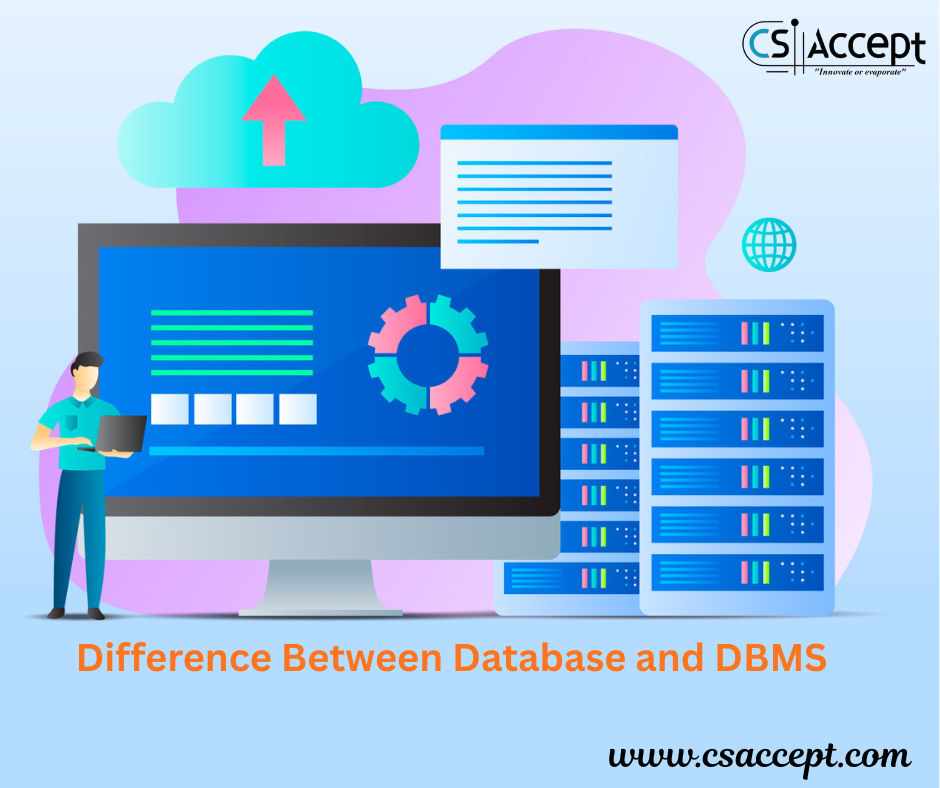
What is Asynchronous?
In computing, Asynchronous refers to a method of execution where tasks are initiated and allowed to run independently of the main program flow. Instead of waiting for a task to finish, the program continues to run, and the task notifies the program when it’s done.
It is non-blocking — meaning the execution of one task doesn’t hold up others. This model is particularly useful for handling operations that involve waiting — like network requests, file I/O, or database access.
Key Characteristics of Asynchronous Execution
| Feature | Description |
|---|---|
| Non-blocking | Tasks run without waiting for completion |
| Concurrent | Multiple tasks can progress at once |
| Uses Callbacks | Or Promises / async-await for results |
| Efficient | Maximizes system usage & responsiveness |
| More complex | Requires good handling of timing/logic |
Real-World Analogy
🏥 Doctor’s Appointment (Asynchronous):
- You schedule an appointment (task starts).
- You go home and continue other activities (non-blocking).
- When it’s your turn, you get a call or message (callback).
- You go to the doctor when it’s ready — not before.
Compare this to Synchronous, where you would sit and wait at the clinic the whole time!
Asynchronous Flow Example in Daily Life
📦 Ordering food online (asynchronous):
- Order placed
- Continue watching a movie
- Delivery arrives (notification)
The movie is not paused while the food is being prepared and delivered.
Programming Example: Asynchronous JavaScript (with setTimeout)
console.log("Task 1: Start");
setTimeout(() => {
console.log("Task 2: This runs after 2 seconds");
}, 2000); // 2 seconds delay
console.log("Task 3: End");Output:
Task 1: Start
Task 3: End
Task 2: This runs after 2 secondsExplanation:
- Task 1 runs immediately.
- Task 2 is scheduled to run after 2 seconds (asynchronously).
- Task 3 does not wait and runs immediately.
- When the 2 seconds pass, Task 2 finishes.
Asynchronous Python Example (with asyncio)
import asyncio
async def task1():
print("Task 1 starting...")
await asyncio.sleep(2)
print("Task 1 finished.")
async def task2():
print("Task 2 running...")
async def main():
await asyncio.gather(task1(), task2())
asyncio.run(main())Output:
Task 1 starting...
Task 2 running...
Task 1 finished.task1()is delayed for 2 seconds.task2()runs during that delay, demonstrating non-blocking behavior.
Use Cases of Asynchronous Programming
| Use Case | Why Asynchronous is Ideal |
|---|---|
| Web applications | Don’t block user interaction |
| File & database access | Don’t wait for I/O to complete |
| API & network requests | Don’t freeze the program while waiting |
| Mobile apps | Keeps the UI responsive |
| Game development | Background music, loading resources |
Benefits of Asynchronous Execution
- ✅ Better performance
- ✅ Faster response times
- ✅ Improved user experience
- ✅ Efficient use of system resources
- ✅ Multiple tasks in progress at once
Disadvantages of Asynchronous Execution
- ❌ More complex logic
- ❌ Harder to debug due to task ordering
- ❌ Potential issues like race conditions
- ❌ Requires knowledge of callbacks, promises, or async/await
Common Asynchronous Tools (by Language)
| Language | Asynchronous Tool / Feature |
|---|---|
| JavaScript | Callbacks, Promises, async/await, setTimeout, fetch() |
| Python | asyncio, await, aiohttp, aiofiles |
| C# | async, await, Task |
| Java | Threads, CompletableFuture, Executors |
| Node.js | Entirely asynchronous I/O system |
Synchronous vs Asynchronous — Comparison Table
| Feature | Synchronous | Asynchronous |
|---|---|---|
| Execution Order | Sequential (blocking) | Non-blocking, runs independently |
| Efficiency | Wastes time waiting | Utilizes time efficiently |
| Speed | Slower | Faster (no idle time) |
| Complexity | Simple | More complex |
| Ideal For | Small scripts, batch jobs | Web apps, APIs, UI apps, real-time tasks |
| Example Function | Regular function | async function |
| Example Tool | None needed | setTimeout, fetch, asyncio, etc. |
Asynchronous JavaScript with fetch() (Example)
console.log("Start");
fetch("https://jsonplaceholder.typicode.com/posts/1")
.then(response => response.json())
.then(data => console.log("Fetched data:", data))
.catch(error => console.error("Error:", error));
console.log("End");Output:
Start
End
Fetched data: { userId: 1, id: 1, title: "...", body: "..." }fetch()sends a request and returns immediately.- The rest of the code keeps executing.
- Once the response is received, the
.then()part runs.
Visual Diagram
Synchronous:
Task A ---> wait ---> Task B ---> wait ---> Task CAsynchronous:
Task A ---> Task B (no wait) ---> Task C
↳ finishes laterSummary
| Topic | Details |
|---|---|
| Definition | Non-blocking execution of tasks |
| Usage | Continue execution without waiting |
| Key Concepts | Callbacks, Promises, async/await |
| Suitable For | Real-time apps, APIs, user interfaces |
| Benefits | Faster, responsive, efficient |
| Drawbacks | More complex logic, debugging issues |







